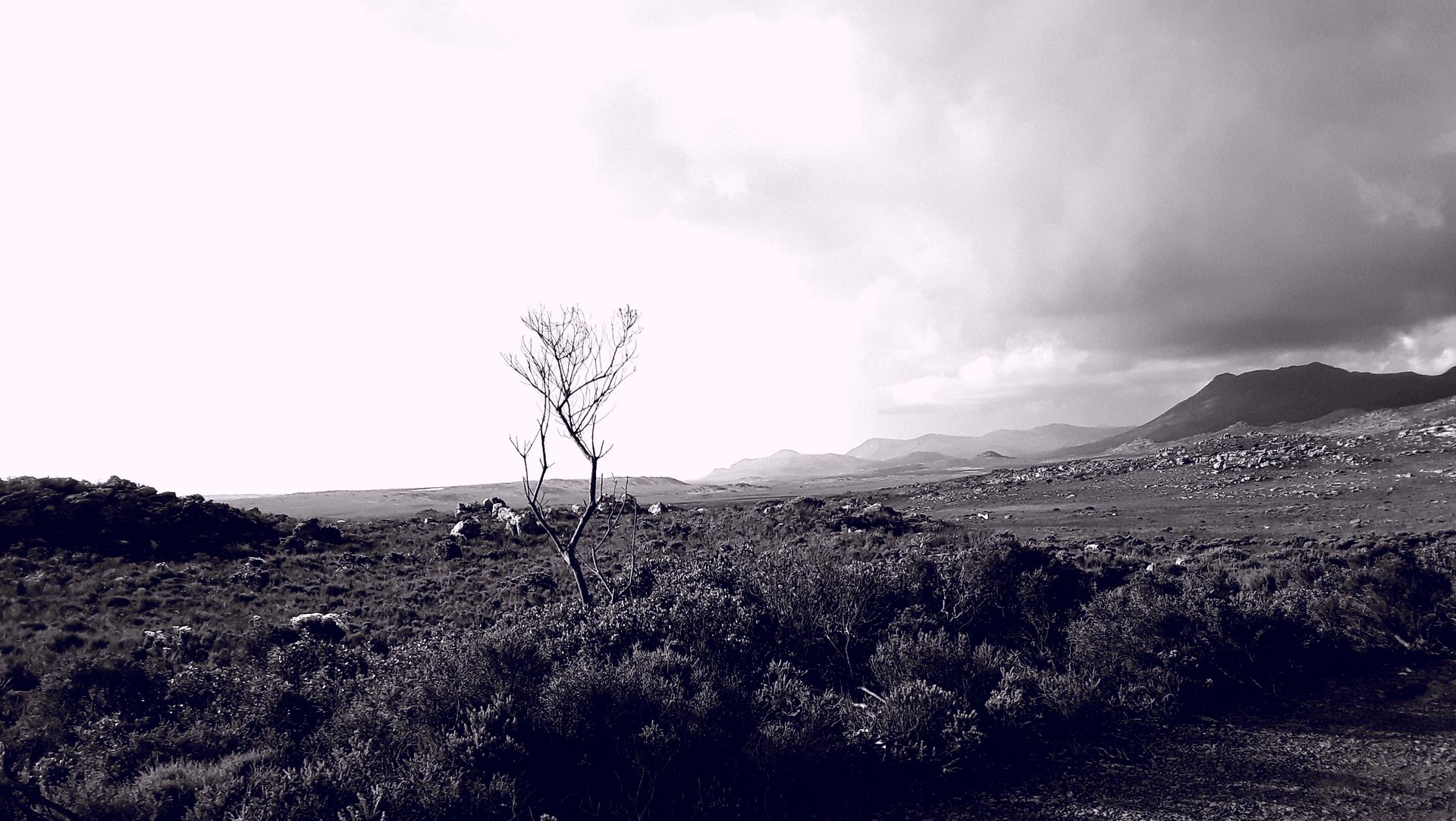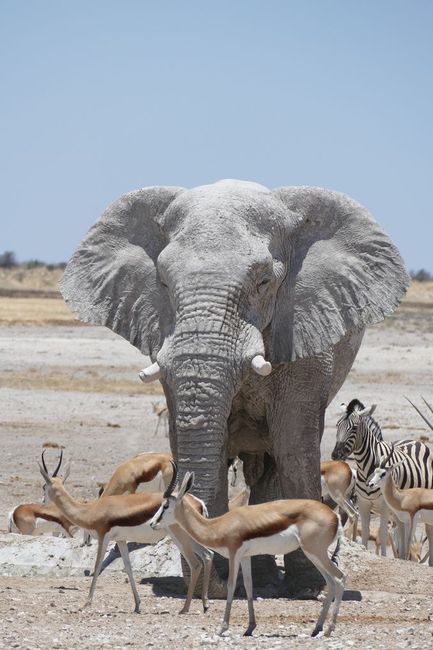
mit-dem-dubs-zu-neuen-ufern
vakantio.de/mit-dem-dubs-zu-neuen-ufern
Wieder unterwegs Teil 3
Ku kandziyisiwile: 12.09.2018
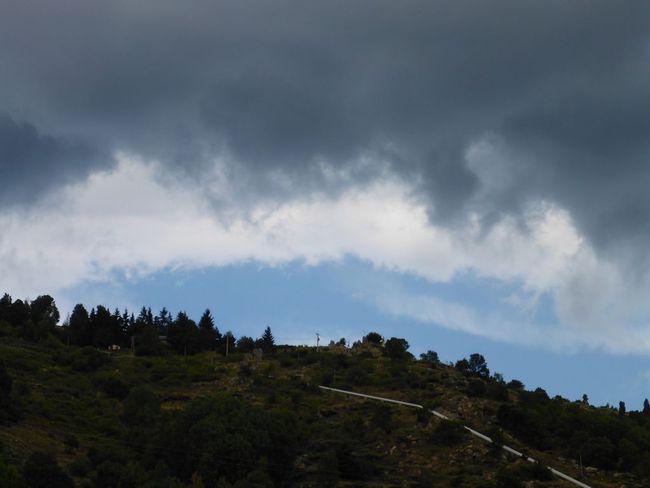
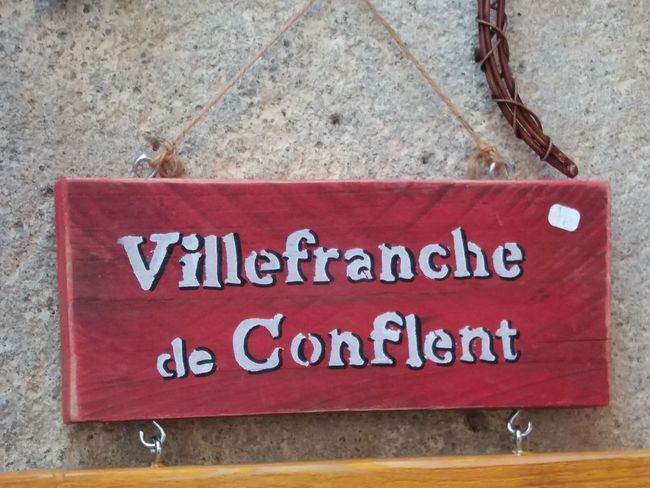
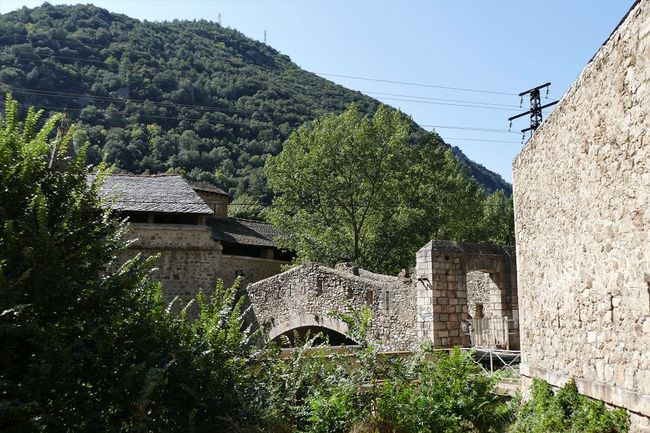
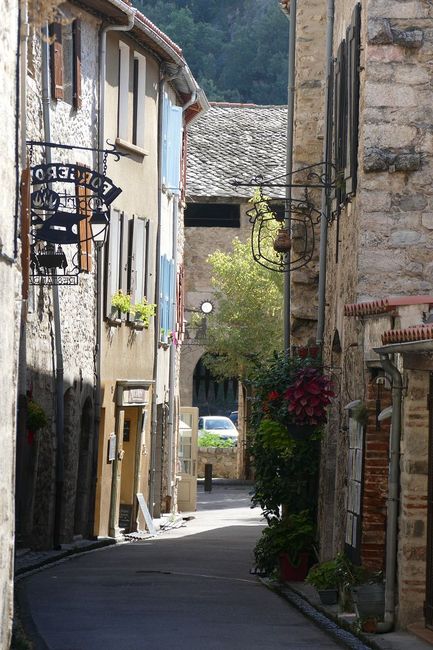
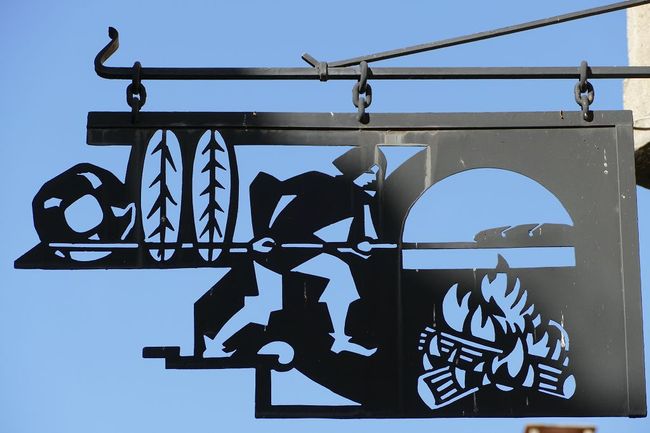
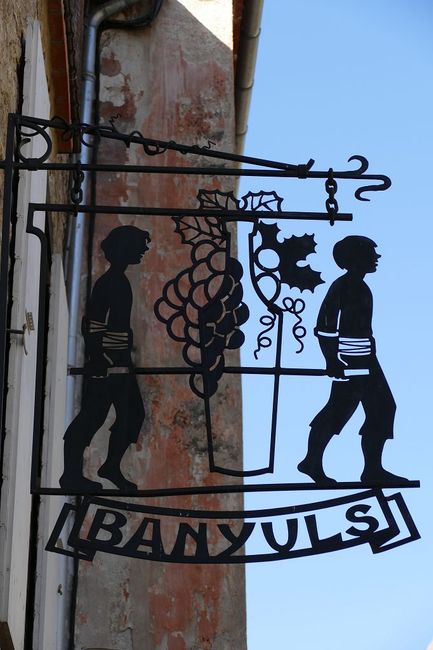
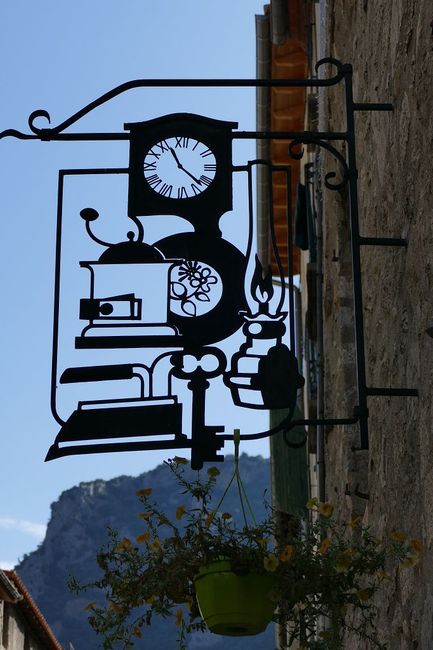
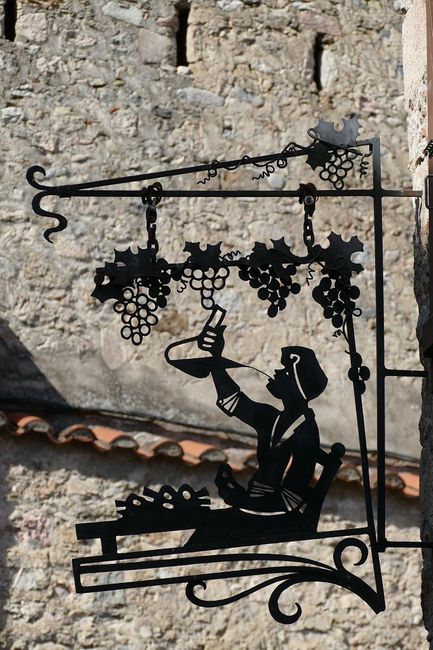
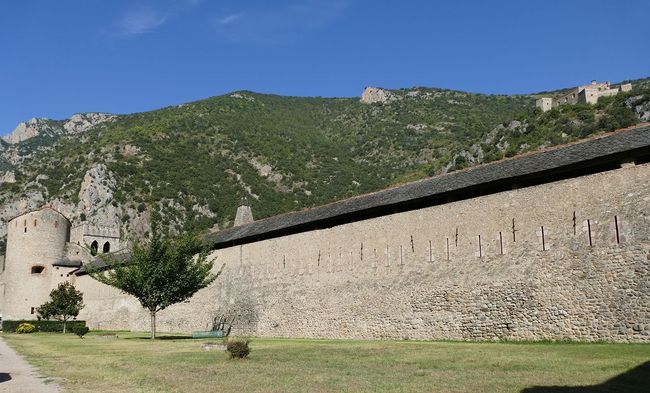
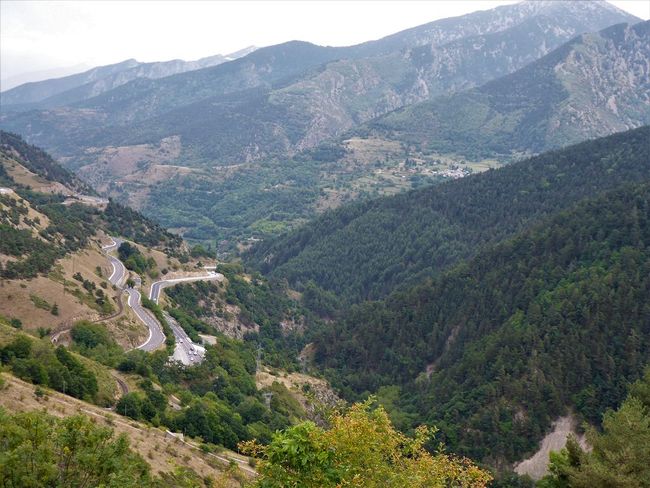
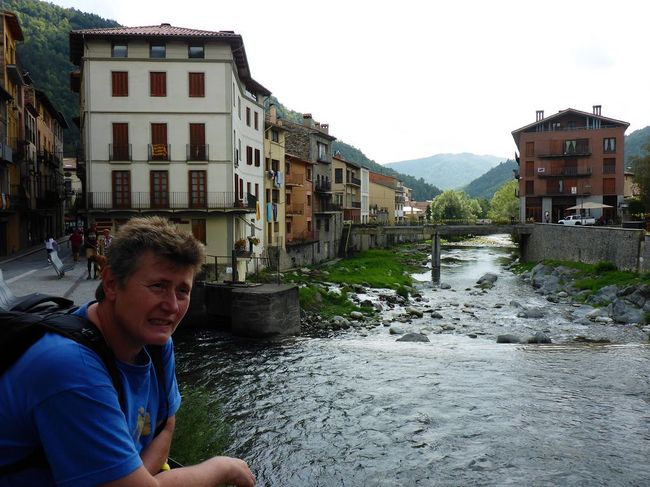
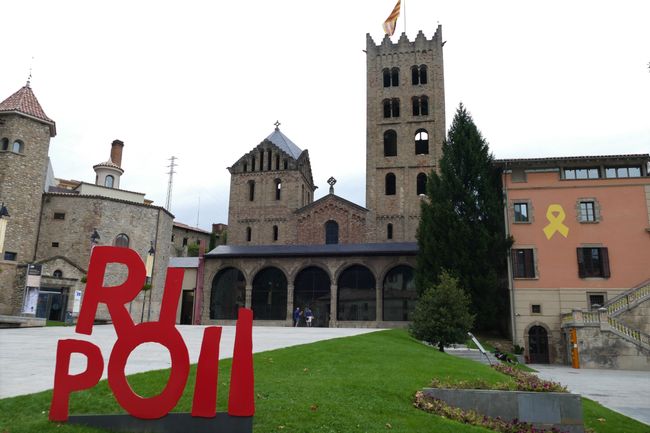
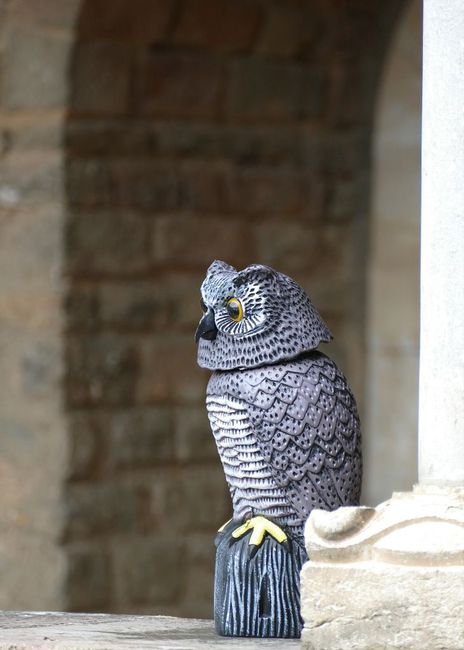
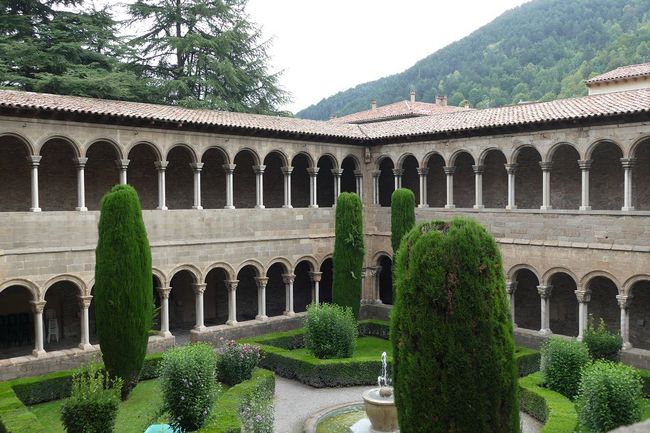
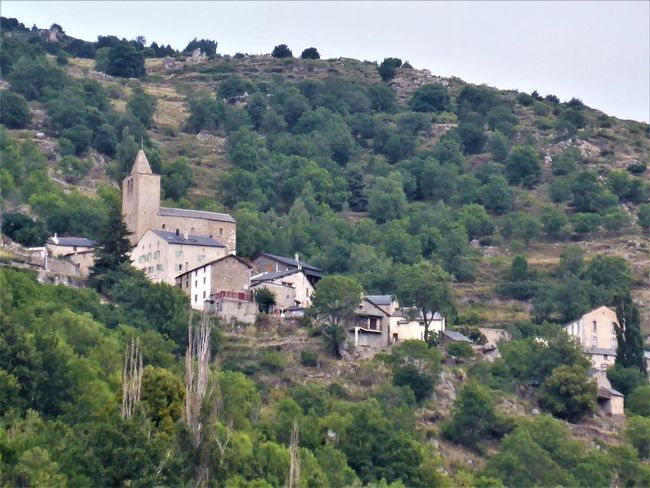
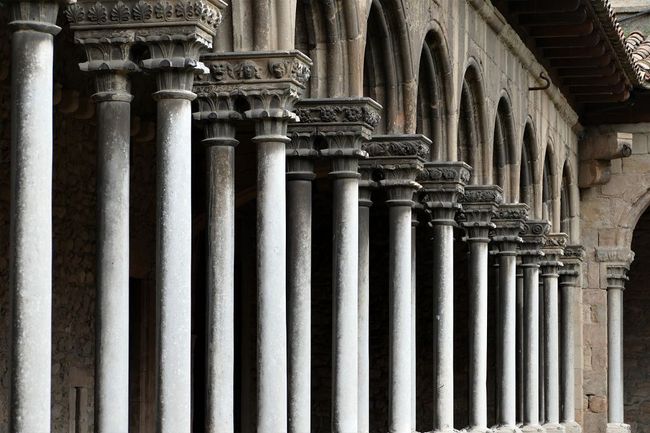
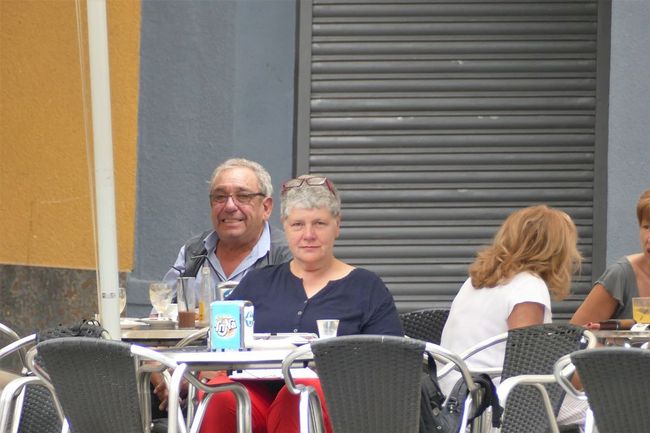
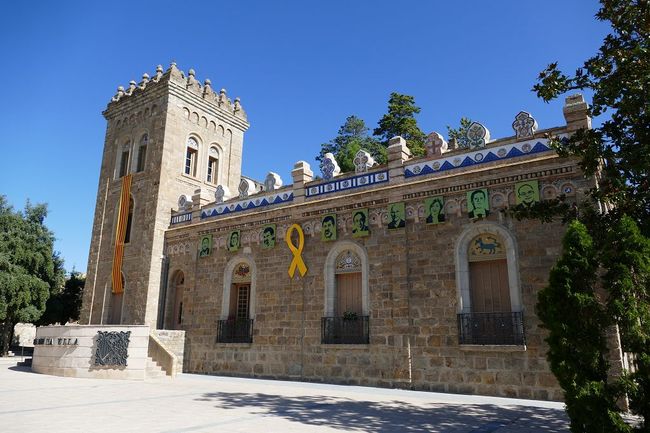
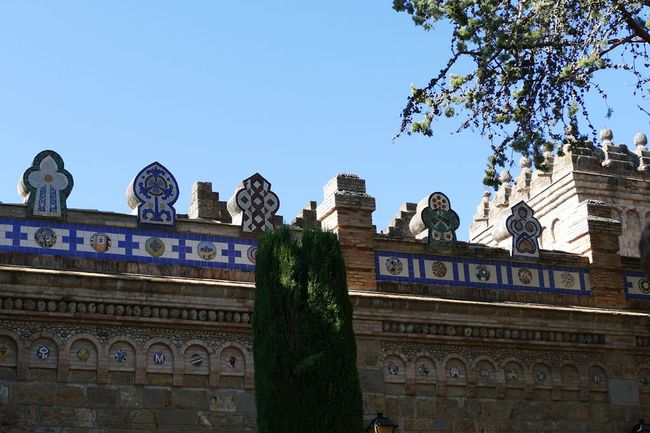
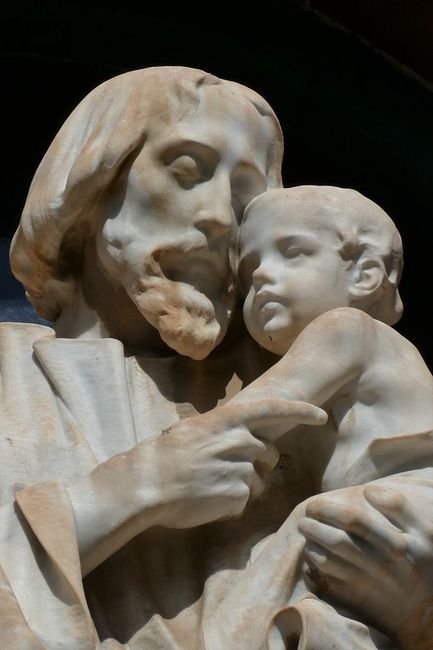
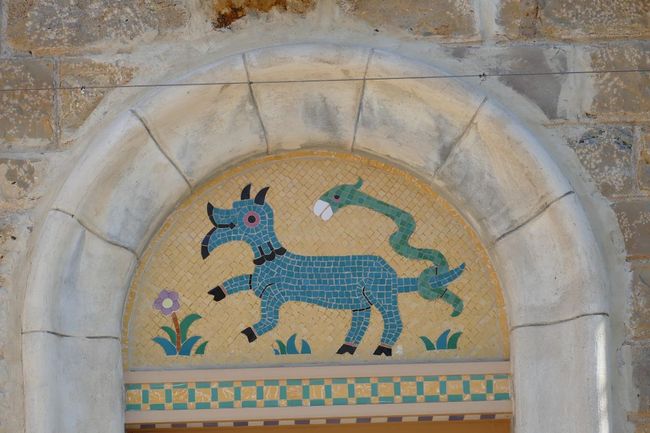
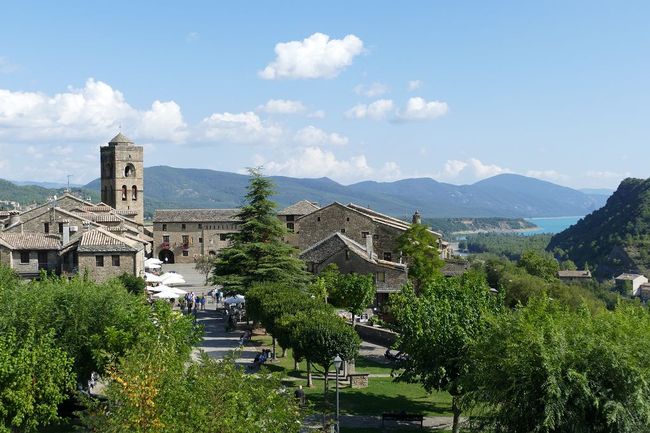
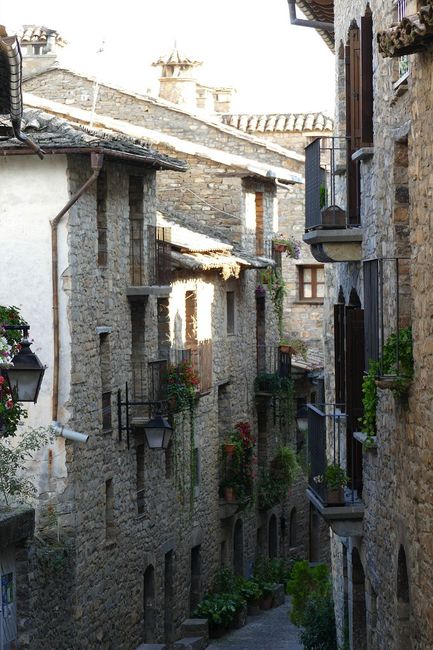
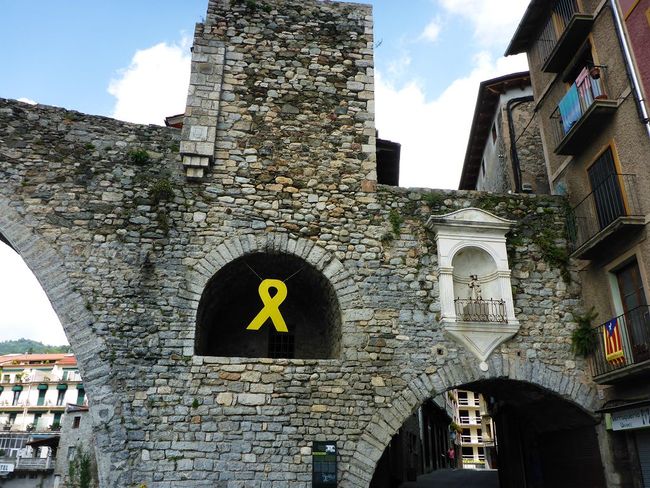
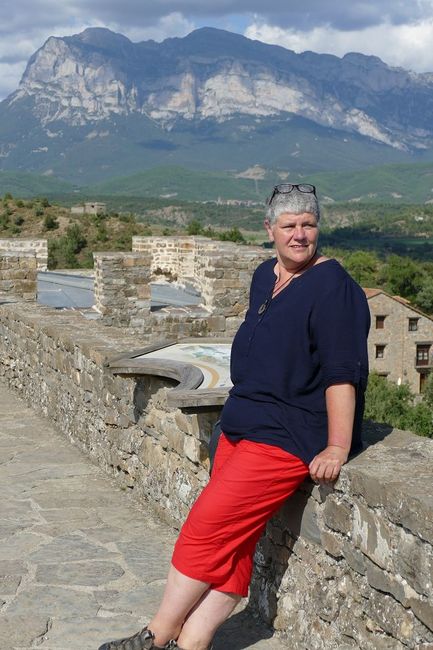
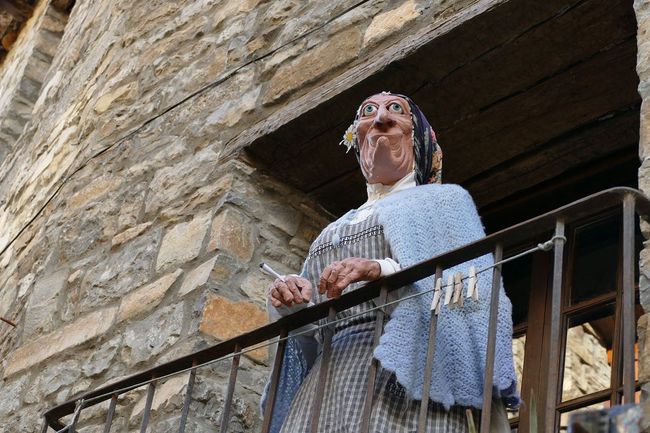
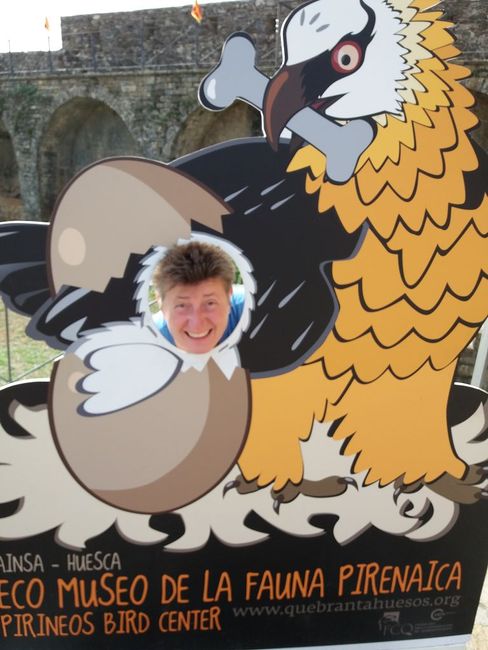
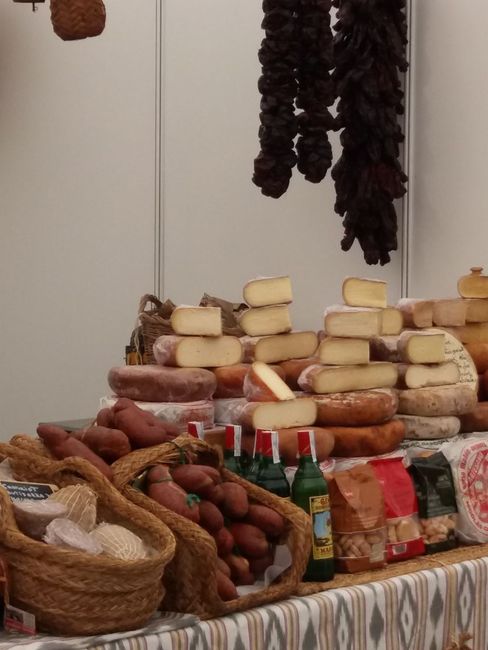
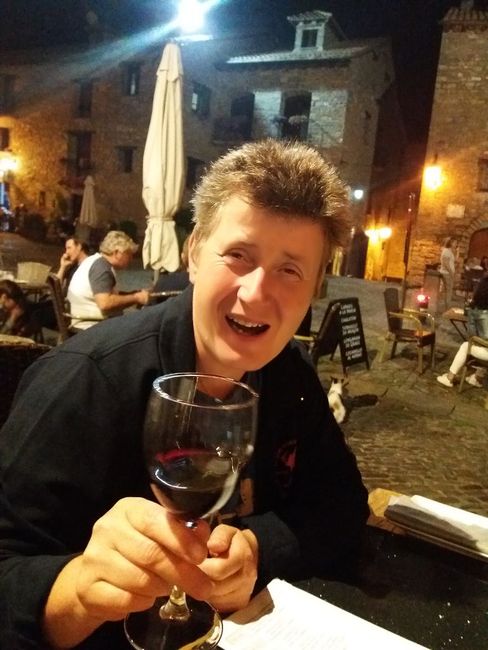
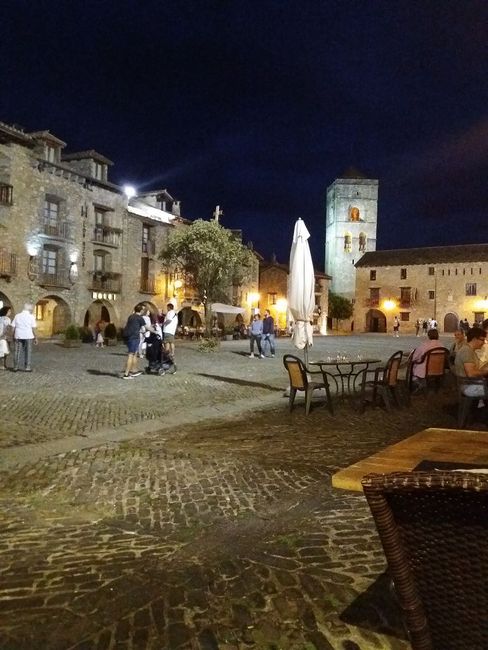
Tsarisa eka Xiphephana xa Mahungu
Now we have lingered long enough in France, after all, our destination is North Spain. Since we have plenty of time, we want to cross the Pyrenees from the Mediterranean to the Atlantic. But we can't leave France so quickly. A rain front is moving over the Pyrenees, and we don't want to get in its way. So we turn around and head for the Mediterranean coast. In Collioure, we find a small, expensive campsite, nothing special with tiny plots where our Dubs barely fits after much maneuvering, it's already tight for our chairs and table. But it's only 200 meters to the beach, so we quickly make our way there. Now, we're not the beach-loving sunbathers anyway, but a small, rocky beach is really no pleasure, right? Let's just say elegance is not a word that comes to mind to describe how we clumsily waded into the waves and stumbled out again with a pained expression on our faces. We quickly agree that we'd rather take the risk of bad weather and head towards the Pyrenees the next morning. The weather is better than expected, and we drive through the truly beautiful mountain scenery and make an extensive stop in the medieval town of Villefranche. Completely surrounded by a fortress-like city wall, the small town has preserved its medieval atmosphere. We especially like the many delicate signs of the various trades. But now we're finally crossing the border. Spain has an incredible network of free municipal parking spaces with supply stations and drinking water. Often, these parking spaces are free, only in big cities they sometimes cost a few euros, and electricity is often included. We find a parking space near Ripoll, our first Spanish town. It's still early afternoon, so we explore the town, visit a church and a cloister, and are amazed by the multitude of yellow ribbons or bows adorning every bridge, lamppost, many houses, shop windows, and even sprayed on the pavement. As a protest against the imprisonment of eight Catalan ministers and two pacifist activists, many Catalans now wear the yellow ribbon on their lapels and show their solidarity with demands for democracy and justice through the yellow ribbon, even on their houses and official buildings.
Next, our route takes us through Andorra. Here, the rain finally catches up with us, and the city, which already looks somewhat gloomy in the narrow valley, looks even more bleak in the rain, so we quickly continue towards the Atlantic. The weather clears up, and in the small town of Pobla de Segur, we come across a rather enthusiastic employee of the local tourist information office during our city stroll, who spontaneously gives us a private tour around the town's tourist highlight - the Casa Mauri, a complex of buildings in Catalan Art Nouveau style with many mosaics and intricate decorations.
In Ainsa, a beautiful medieval town on a hill, we not only find an affordable parking space right outside the gates of the old town but also a small agricultural fair with large agricultural machinery, all kinds of animals, and above all, many regional products such as cheese, ham, honey, wine, and olive oil. Since we are allowed to sample everywhere, the walk through the fair is not only a feast for the eyes. We come up with the plan to settle here as small farmers with a cow, a goat, a pig, and two geese. Fortunately, we realize in time that we have absolutely no knowledge of farming and animal husbandry, so we reluctantly give up the plan and prefer to invest our money in a fine meal in the beautiful small square in the old town.
The next morning it's time to leave the Pyrenees behind and head towards the Basque Country.
Tsarisa eka Xiphephana xa Mahungu
Nhlamulo (1)
Barbara
Ilse: Euch geht es ja richtg gut. Schöne Gegend, tolle Bilder und jede Menge Sonne, dazu die vielen Spezialitäten.